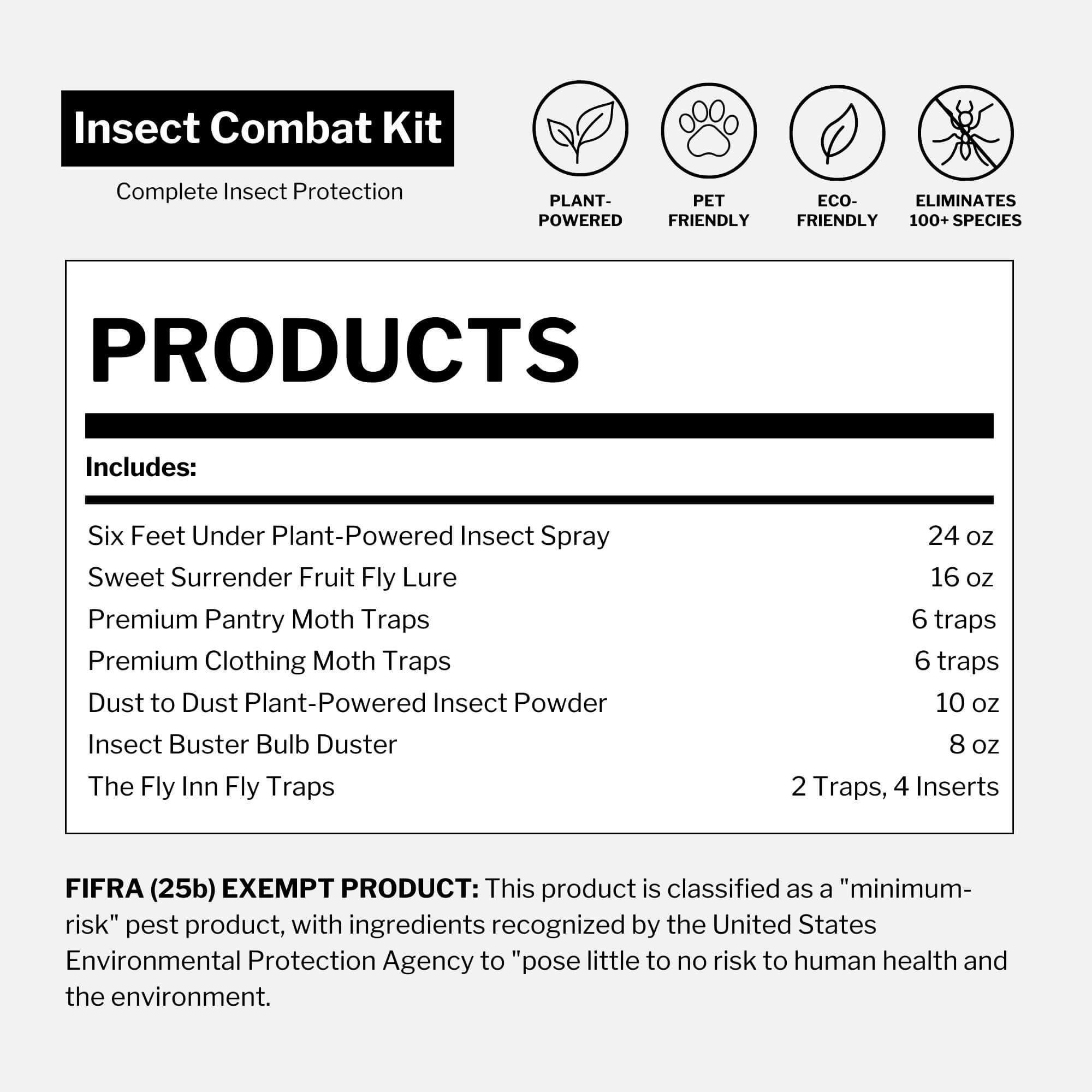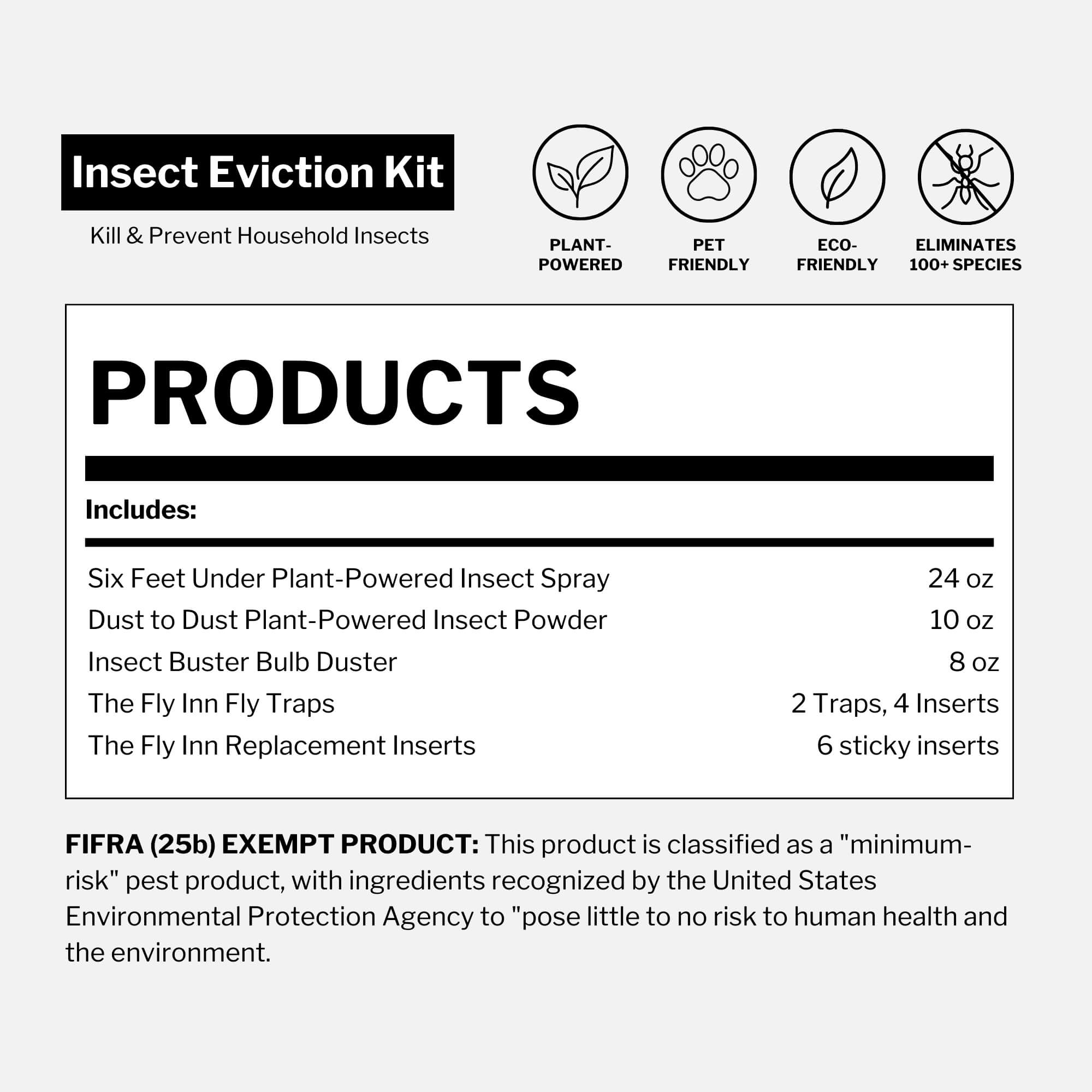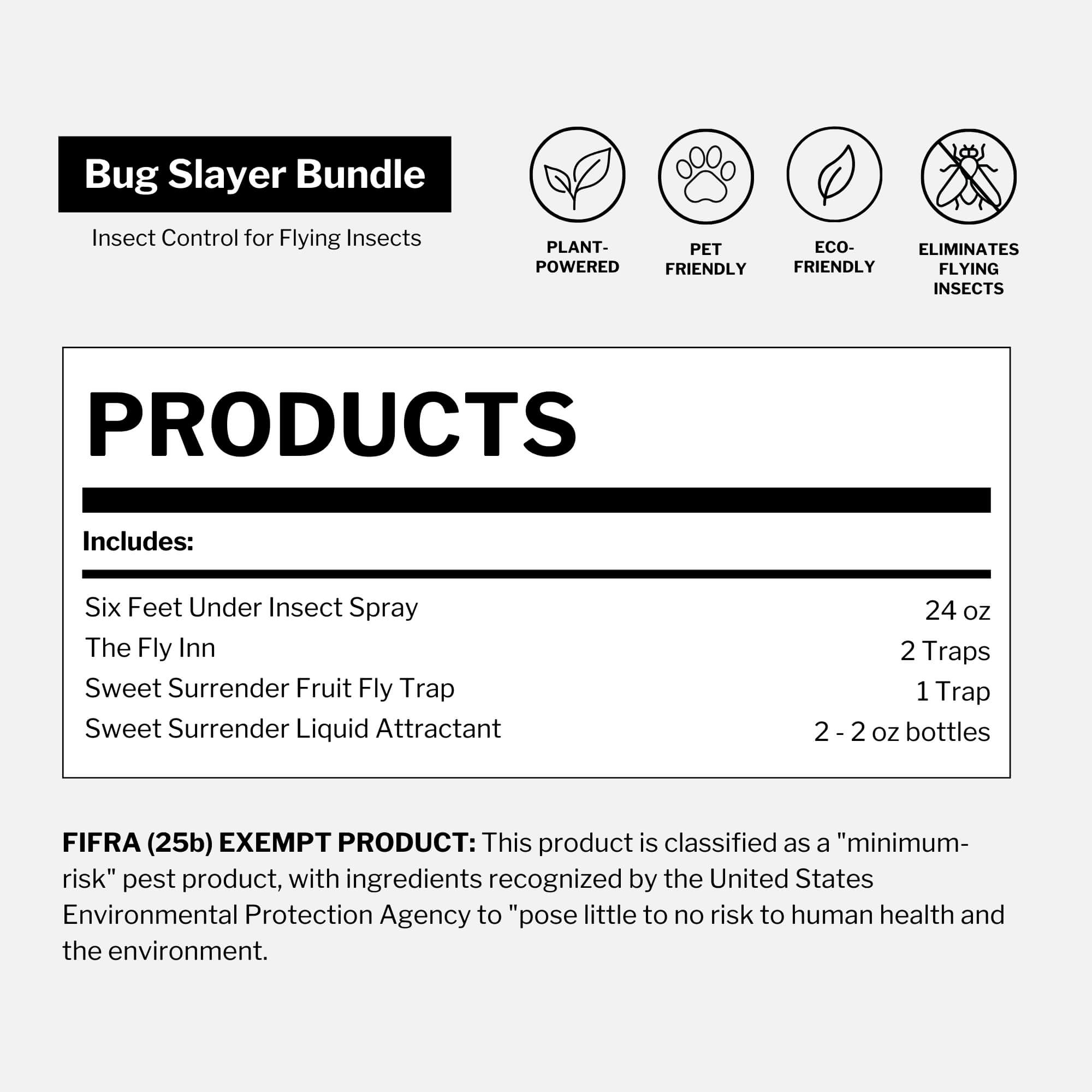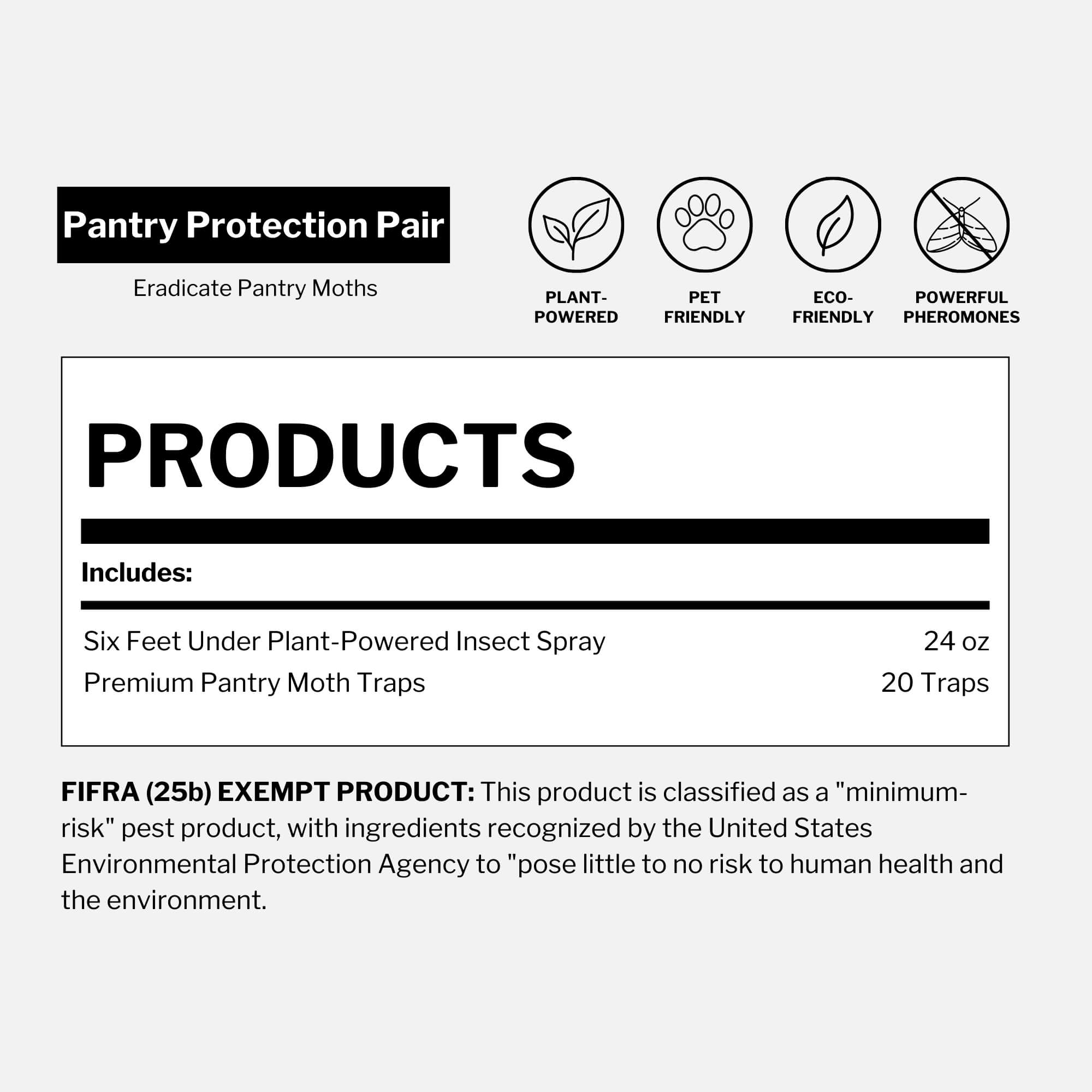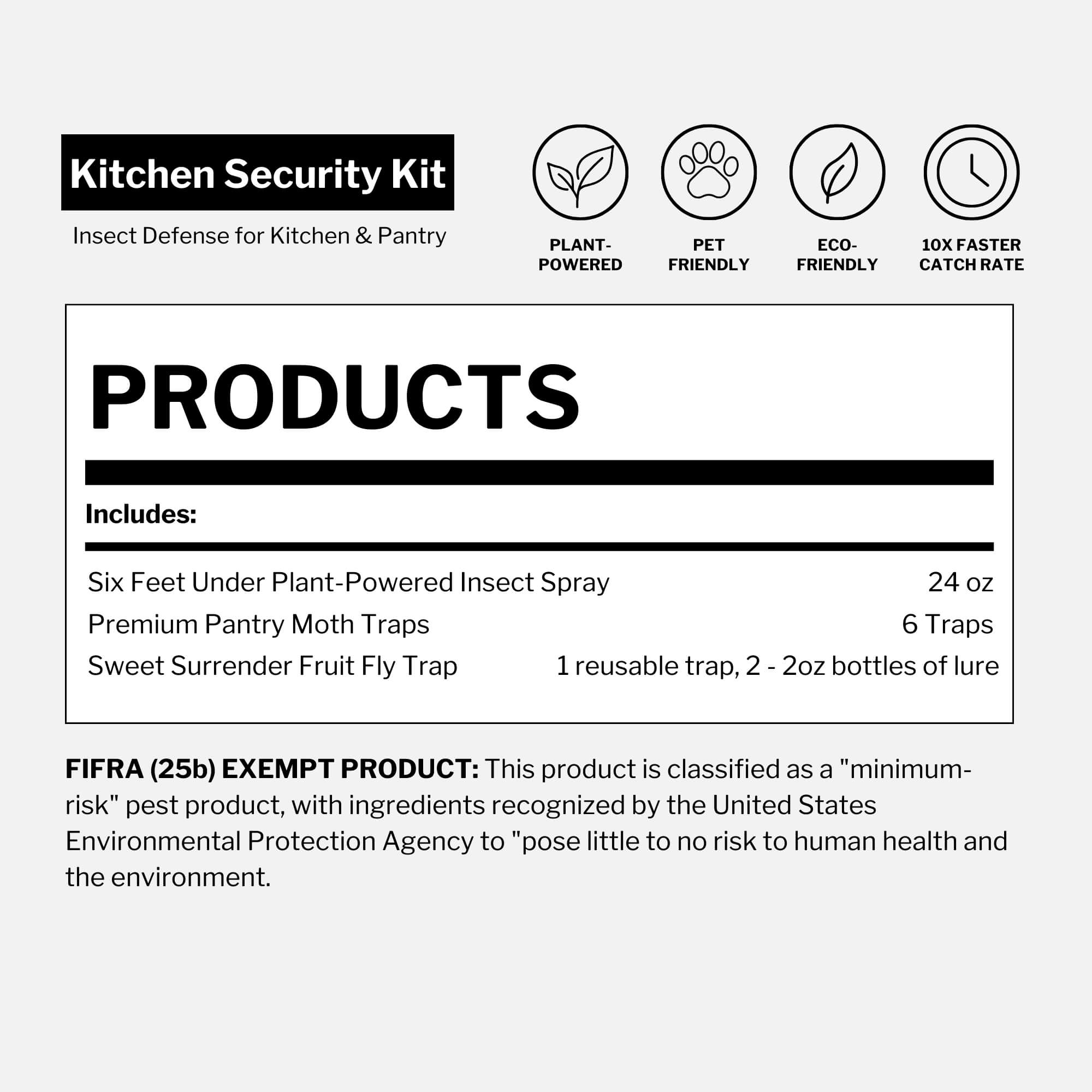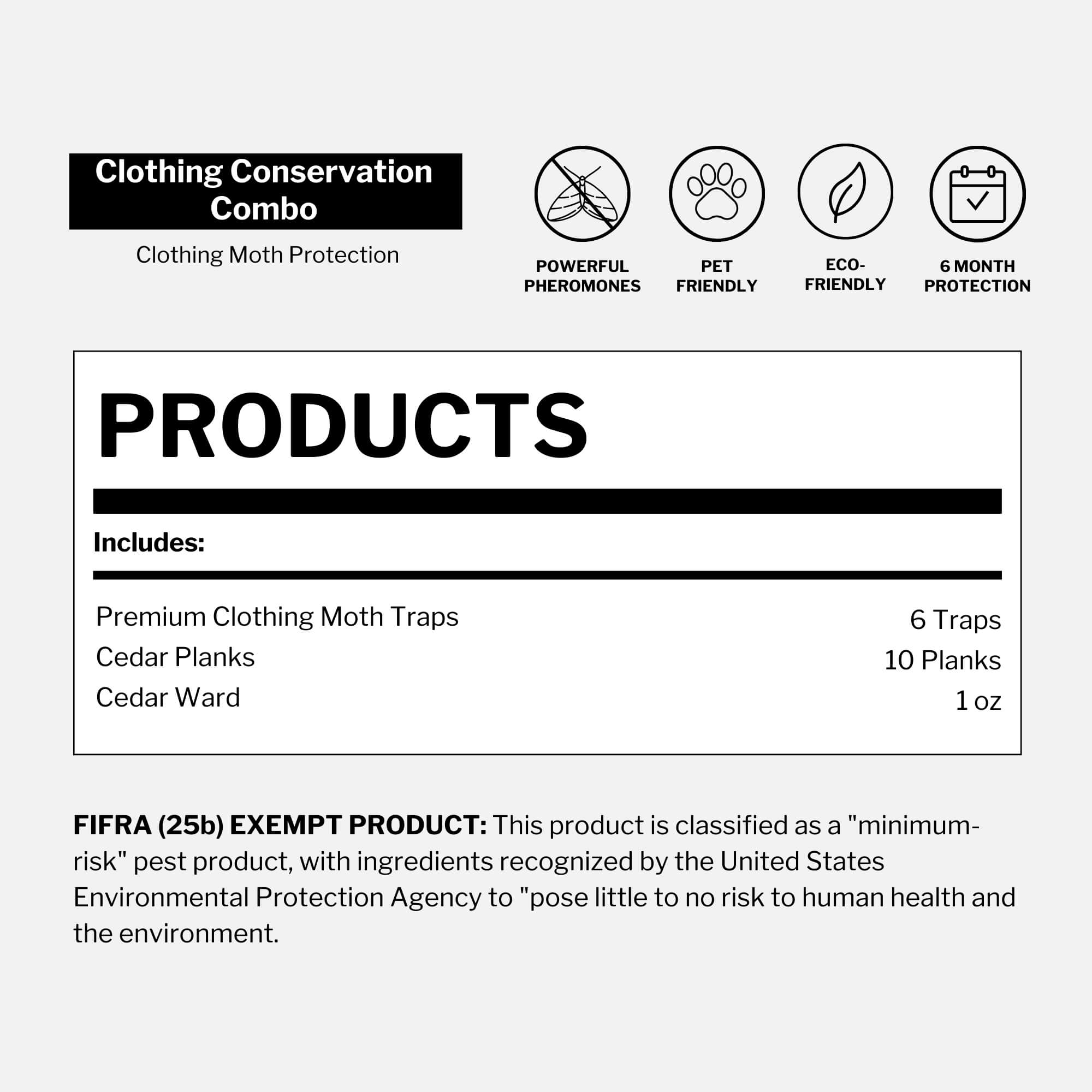Updated on April 4th, 2025
Can pesticides cause cancer? It’s a question many homeowners are asking—and for good reason. With rising awareness around environmental toxins and their long-term health effects, concern over pesticide exposure has grown. From common bug sprays to agricultural chemicals, people want to know: Are these products safe? Or could they be putting your health—or the health of your family—at risk?
In this article, we explore what current research says about the link between pesticides and cancer, how exposure happens and which types of pesticides raise the most concern. We'll also look at how to reduce your risk and introduce safer alternatives to toxic pest control.
Are children more at risk from pesticide exposure?
Health researchers have made links between household pesticide use and children's illnesses. According to an analysis by the American Academy of Pediatrics, children exposed to insecticides used indoors had a significantly higher risk of developing leukemia and lymphomas. Additionally, the analysis found there was a noticeable link between childhood brain tumors and home exposure to pesticides or herbicides.
Many of these increased risks are reportedly greater than those observed in studies of pesticide-exposed adults, suggesting that children may be more sensitive to the potentially carcinogenic effects of pesticides.
A closer look: Can pesticide exposure before birth cause childhood eye cancer?
Recent research published in the International Journal of Hygiene and Environmental Health suggests that prenatal exposure to certain pesticides—especially among families living near agricultural fields—may increase the risk of retinoblastoma, a rare eye cancer that affects children under five.

A UCLA-led study reveals the following:
- Children born near agricultural areas where pesticides were frequently applied had a higher likelihood of developing retinoblastoma than those in non-agricultural regions.
- Exposure to acephate and bromacil was linked to increased cases of unilateral retinoblastoma (cancer in one eye).
- Exposure to pymetrozine and kresoxim-methyl was associated with an increased risk of all types of retinoblastoma.
- The researchers used California land-use and pesticide application data to determine prenatal exposure. They compared children with retinoblastoma to a control group and found that those with the disease were more likely to have been born near pesticide-treated areas.
Separate findings from the Pesticide Action Network North America (PANNA) highlight how pesticides may contribute to cancer risk in general. According to PANNA, pesticides can disrupt hormones, damage DNA, turn cancer-related genes on or off and cause inflammation—all of which are mechanisms known to influence cancer development.
Can pesticide exposure really cause cancer in kids?
Pesticides include many chemicals—such as insecticides, herbicides, fungicides and rodenticides. Children can be exposed to these chemicals through their skin, by inhaling them or by ingesting contaminated food and water.
Research increasingly supports the link between pesticide exposure and cancer in children. While not every exposure leads to cancer, studies have found that contact with pesticides—especially during pregnancy and early childhood—raises the risk of developing serious conditions like leukemia, lymphoma and brain tumors.
Exposure may occur:
- At home (especially from indoor insecticides)
- In the yard or garden
- At school (from lawn or pest treatments)
- In neighborhoods, near farms or orchards
Children’s vulnerability is heightened due to their developmental stage. According to The Canadian Partnership for Children's Health and Environment (CPCHE), several factors make children more susceptible to the harmful effects of pesticides:
- Rapid cell division during childhood and in utero raises the chance of mutations
- Higher absorption rates through thinner skin and faster metabolism
- Longer lifespans mean more time for long-term effects like cancer to develop
- Immature immune systems can't fight off cellular damage as effectively

Several studies link pesticide exposure to an increased risk of childhood cancer. Interviews with parents suggest that exposure due to parental occupation, pesticide use during pregnancy or early-life exposure all elevate the risk.
In fact, reports of household pesticide use correlate with actual pesticide residues found in dust and on household surfaces.
A comprehensive study published in the National Library of Medicine adds molecular-level insight. Researchers found that two common pesticides—imidacloprid and glyphosate—can:
- Trigger oxidative stress
- Alter cellular metabolism
- Cause genetic mutations
- Disrupt cell membrane integrity
These reactions severely compromise human cells and may directly contribute to cancer development, particularly when exposure happens in environments frequented by children.
How pesticides may affect brain development in children
While many studies focus on the cancer risks of pesticide exposure in children, researchers are also uncovering serious concerns about how these chemicals may affect the developing brain.
A review published in the journal Environmental Research found that even low-level pesticide exposure during pregnancy and breastfeeding may increase the risk of neurodevelopmental disorders, such as autism spectrum disorder (ASD).
This type of exposure can interfere with several important processes in a child’s early brain development. Researchers found that pesticides may:
- Block an important enzyme (acetylcholinesterase) that helps brain cells communicate
- Change the shape and structure of brain cells
- Alter how brain cells connect and communicate
- Interfere with the behavior of support cells in the brain (called glial cells)
- Disrupt the balance of healthy gut bacteria, which can affect brain health
Many of these disruptions are similar to changes seen in children with ASD.
Ditch the toxins: Safer pest control that actually works
In response to growing concerns about the health risks of chemical pesticides, safer and more sustainable alternatives are now available—offering protection without the toxic trade-offs.

Dr. Killigan's offers non-toxic pest control solutions that are safe for your family and the environment. These products use mechanical methods and natural ingredients, avoiding the harmful side effects of traditional pesticides.
Importantly, Dr. Killigan’s products are exempt from EPA registration under the Federal Insecticide, Fungicide, and Rodenticide Act (FIFRA)—a designation for products considered to pose minimal risk.
Learn more: [Ingredients without harmful pesticides: Understanding EPA’s ‘minimum risk’ pesticides]
Dr. Killigan’s approach targets the pest life cycle without resorting to toxic chemicals. Six Feet Under: Barricade is a first-of-its-kind, plant-powered eco-insecticide that kills 50+ types of bugs on contact and provides up to 90 days of protection. Powered by essential oil nanotechnology and a mechanical mode of action, it leaves no toxic residues behind—only long-lasting defense for your home, yard and family.
What sets Dr. Killigan’s apart is a commitment to transparency: every ingredient, both active and inert, is listed on the label, with clear explanations of their purpose and safety.
Read more: [The truth about pesticide labels: What you need to know, not fear]
Towards a healthier future
As the evidence mounts, the relationship between pesticide exposure and serious health risks in children—from cancer to neurological disorders—becomes clearer. By fostering awareness and choosing less harmful methods, we can protect our most vulnerable populations and build a healthier, safer future for the next generation.




